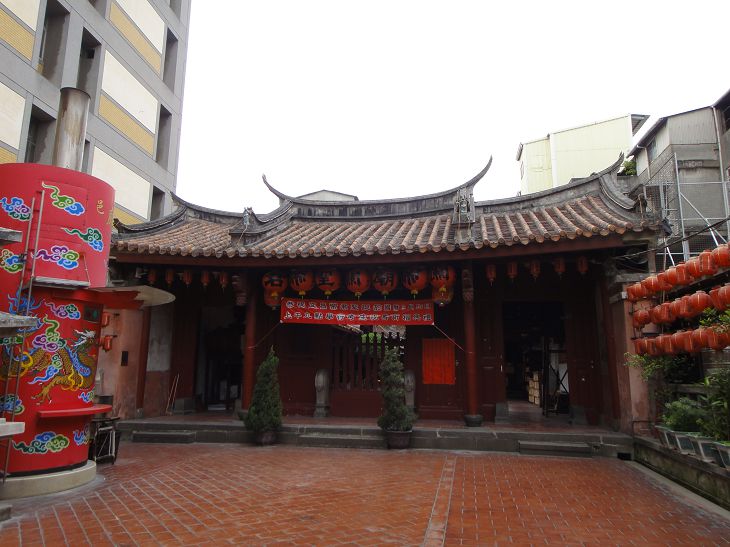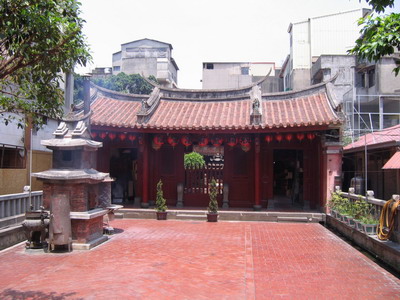Attraction sites特色
Chuanghua Guan Gong Temple was built in Yingzheng 13 Qing Dynasty (1735) by Changhua County Magistrate Chin Shih-Wang . This temple was originally located inside the capital city’s south gate. In Qianlong 51 Qing Dynasty, Lin Shuang-Wen led a troop of militia to fight against the Qing government. Many official offices and temples were destroyed in the battles. Until the officials succumbed to the uprising militia in Jiaqing 5 Qing Dynasty (1800), County Magistrate Hu Ying-Kui and Imperial Scholars Chang Shih-Mo and Wu Tung-Sheng proposed to move the temple to the current site. The elegant architecture of this temple houses a large but finely crafted deity statue and numerous plaques and stone tablets. Its layout is similar to the Marshal temples in Tainan, Hsinchu, and Sinjhuang and is highly representative of the architectural style of Taiwan's Marshal Temples of the Qing Dynasty. Amongst the Marshal temples in Taiwan, very few are facing the east; the Marshal Temple of Changhua is a special case. The main hall enshrines Guan Gong, which is accompanied by the crowned princess, General Chou, and Chitu (Guan Gong's horse). The rear hall enshrines Emperor Wenchang and an old plaque, conferred in the Jiaqing Period, inscribed as “Power of the Sea Nations”. It simple and clean-cut wooden structure presents an aesthetic of masculinity and the unembellished woodcarvings present the formal architectural system of official structures. Judging from the wooden structures, the architect was possibly a Cantonese master. This can be seen from several sets of the bracket structure; in many places, the “cup” part of the bracket sets is not present and this is a main feature of Cantonese style architecture. A renovation project was carried out in recent years to restore the temple to its original look and instill an ambience of solemnity.

It simple and clean-cut wooden structure presents an aesthetic of masculinity and the unembellished woodcarvings present the formal architectural system of official structures. Judging from the wooden structures, the architect was possibly a Cantonese master. This can be seen from several sets of the bracket structure; in many places, the “cup” part of the bracket sets is not present and this is a main feature of Cantonese style architecture. A renovation project was carried out in recent years to restore the temple to its original look and instill an ambience of solemnity.

Its layout is similar to the Marshal temples in Tainan, Hsinchu, and Sinjhuang and is highly representative of the architectural style of Taiwan's Marshal Temples of the Qing Dynasty. Amongst the Marshal temples in Taiwan, very few are facing the east; the Marshal Temple of Changhua is a special case. The main hall enshrines Guan Gong, which is accompanied by the crowned princess, General Chou, and Chitu (Guan Gong's horse). The rear hall enshrines Emperor Wenchang and an old plaque, conferred in the Jiaqing Period, inscribed as “Power of the Sea Nations”.



